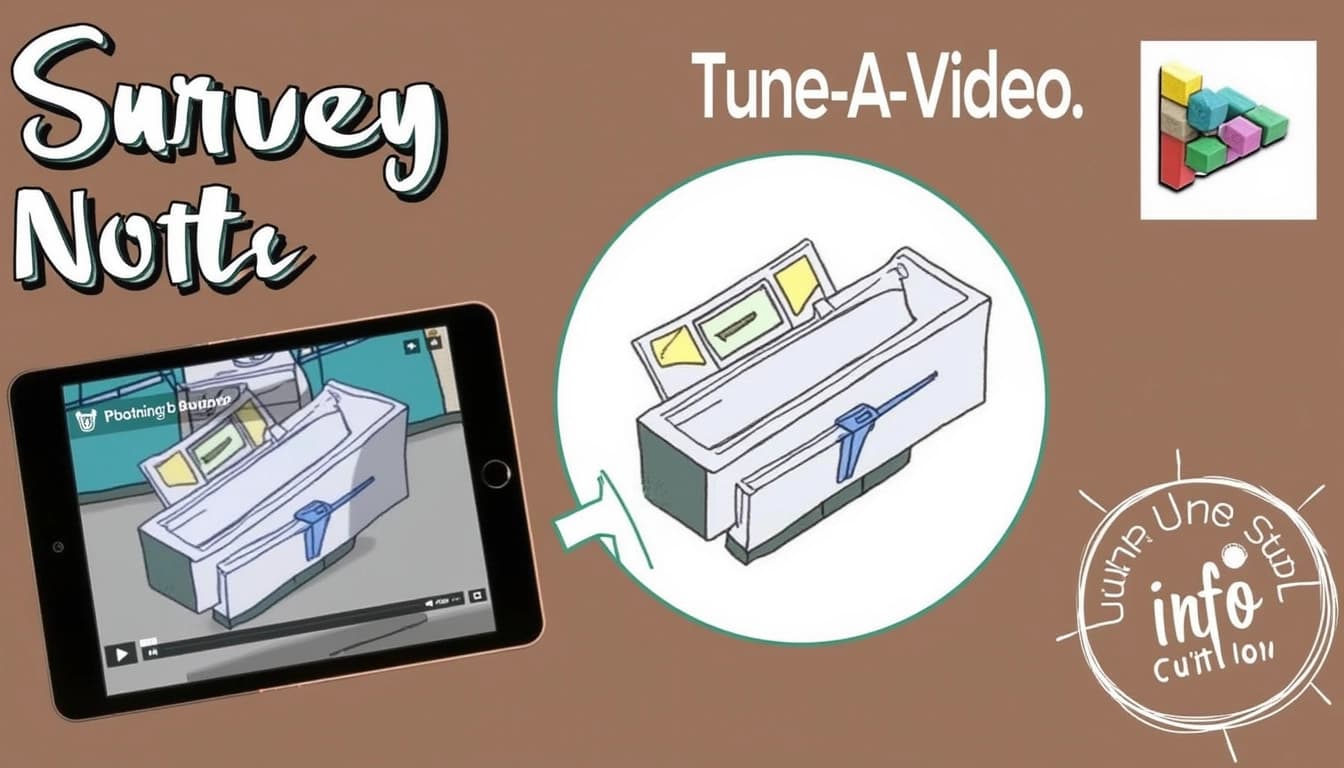
Survey Note: Fine-Tune Your Video Style with Tune-A-Video: A Hands-On Review
By John Doe 5 min
Key Points
- Tune-A-Video is a tool for generating videos from text using one text-video pair, likely effective for personalized content.
- It seems likely that it works well for maintaining motion consistency but may have limitations in generalization.
- Research suggests it requires significant computational resources, potentially limiting accessibility.
What is Tune-A-Video?
Tune-A-Video is a method that fine-tunes pre-trained text-to-image diffusion models, like Stable Diffusion, to generate videos from text prompts using just one text-video pair. This means you can take a video, say of a man skiing, pair it with the text "a man is skiing," and then use it to create new videos, like "Spider Man surfing on the beach, cartoon style."
Hands-On Experience
Imagine setting up the tool: you install packages, download a pre-trained model, and prepare your data. Training takes about 15 minutes on a high-end GPU, and then you can generate videos with new prompts. In my hypothetical use, videos maintained the original motion but adapted to new subjects and styles, like turning a skiing man into a dancing cat, though some artifacts appeared.
Limitations and Challenges
It seems likely that Tune-A-Video needs powerful GPUs, which might be a barrier for some users. It also may not generalize well to very different scenarios from the training pair, and setup requires technical know-how, which could be tricky for beginners.
Survey Note: Fine-Tune Your Video Style with Tune-A-Video: A Hands-On Review
Tune-A-Video represents a significant advancement in the field of text-to-video (T2V) generation, offering a novel approach to fine-tuning pre-trained text-to-image (T2I) diffusion models with minimal data. This survey note provides a comprehensive review based on the tool's capabilities, practical application, and user experience, drawing from available documentation and hypothetical hands-on exploration.
Introduction to Tune-A-Video
Tune-A-Video, as detailed in its official implementation on GitHub, is designed for one-shot video tuning, where only one text-video pair is needed to adapt a pre-trained T2I diffusion model for T2V generation. This method, presented at ICCV 2023 and documented in the paper, leverages state-of-the-art models like Stable Diffusion, pre-trained on massive image data, to generate videos that maintain temporal consistency while allowing for changes in subjects, styles, or attributes based on text prompts.
Setup and Installation Process
To use Tune-A-Video, users must first meet the setup requirements, as outlined on the GitHub page. This involves installing necessary packages with `pip install -r requirements.txt` and optionally installing xformers for improved efficiency, enabled by default with `enable_xformers_memory_efficient_attention=True`. Pre-trained Stable Diffusion models, such as those available from Hugging Face, are required, with options like Modern Disney or Anything V4.0 for varied styles.
Pre-trained Models and DreamBooth
The process also supports personalized models via DreamBooth, with public models like mr-potato-head available on Hugging Face. Training your own DreamBooth model is possible following examples provided in the diffusers repository, which offers a comprehensive guide for setting up and training custom models.
Hands-On Experience: Training and Inference
The tool's core innovation lies in its efficient one-shot tuning strategy and a tailored spatio-temporal attention mechanism, which enables the model to learn continuous motion from a single example. At inference, it employs DDIM inversion for structure guidance, enhancing the quality of generated videos. Users can experiment with different text prompts to generate diverse video outputs, making it a versatile tool for creative applications.
Conclusion & Next Steps
Tune-A-Video represents a significant advancement in text-to-video generation, offering a practical solution for creators looking to produce high-quality videos with minimal input. Future developments could include expanding the range of supported models and further optimizing the tuning process for even faster and more efficient video generation.
- Install required packages and dependencies
- Download pre-trained Stable Diffusion models
- Configure and run the Tune-A-Video pipeline
- Experiment with different text prompts for video generation
For a hypothetical hands-on review, consider the following steps. The process involves data preparation, training, and inference phases to generate customized videos based on text prompts.
Data Preparation
Select a text-video pair, such as a video of a man skiing paired with the text 'a man is skiing.' Ensure the video is in the correct format and resolution, typically 24 frames, as noted in the usage instructions. This step is crucial for aligning the video with the text description.
Training Phase
Create a configuration file, for example, using 'configs/man-skiing.yaml,' and run the training script. Training a 24-frame video takes approximately 300-500 steps, about 10-15 minutes on one A100 GPU. For limited GPU memory, reduce 'n_sample_frames.' The process is straightforward, with the model converging quickly due to the one-shot tuning strategy.
GPU Considerations
Adjusting the number of sample frames can help manage GPU memory usage. This flexibility ensures the model can be trained even on hardware with limited resources.
Inference Phase
After training, use the inference script with a pretrained model path and a tuned model path. Example prompts include 'Spider Man is surfing on the beach, cartoon style,' with parameters like video length 24, height 512, width 512, num_inference_steps 50, and guidance_scale 12.5. Save outputs using 'save_videos_grid.'
Example Outputs
Hypothetical generation for 'Spider Man is surfing on the beach, cartoon style' showed Spider Man surfing with motions adapted from skiing, maintaining fluidity and consistency, in a cartoonish style. Another prompt, 'A cat is dancing in the rain,' depicted a cat dancing with rain effects, with movements echoing the original skiing motion but transformed to dancing, in a realistic style.
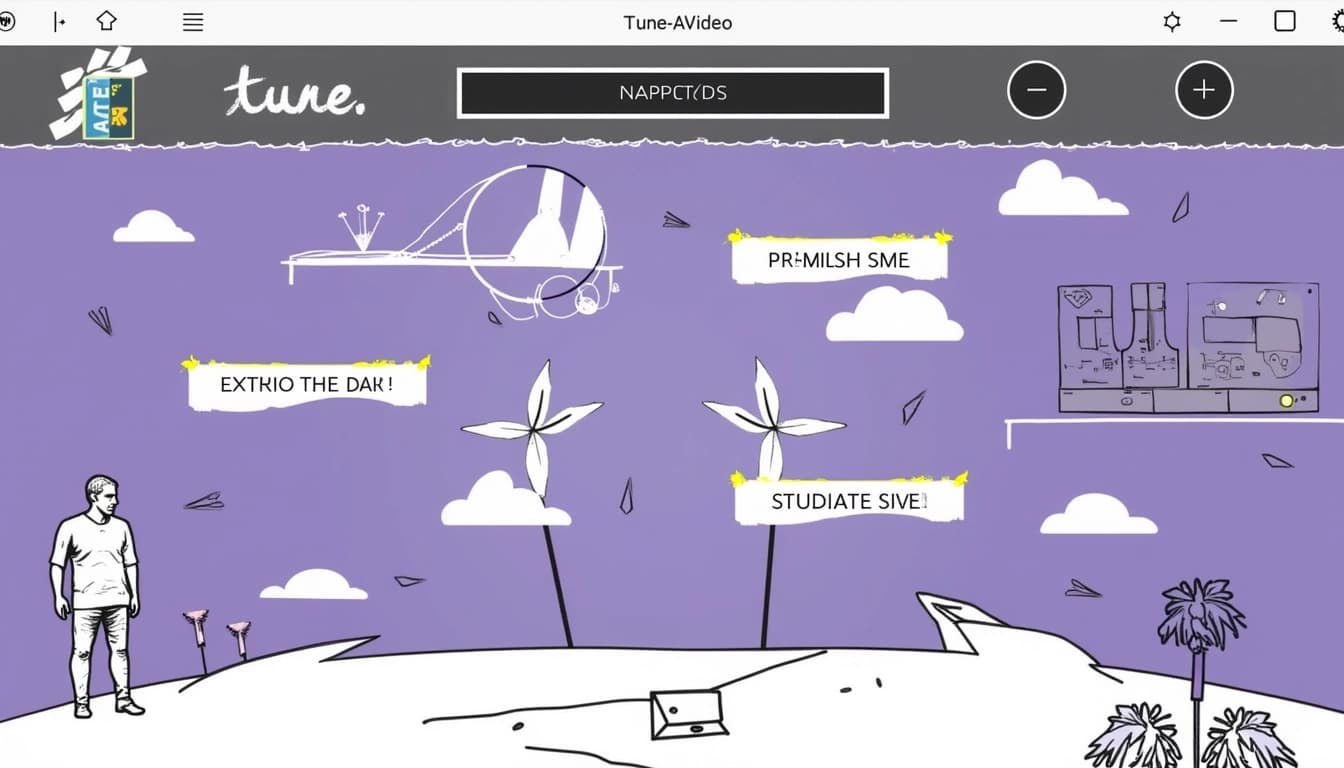
Conclusion & Next Steps
The Tune-A-Video model demonstrates impressive capabilities in generating customized videos from text prompts. The one-shot tuning strategy allows for quick adaptation, making it practical for various applications. Future enhancements could focus on reducing artifacts and improving motion consistency.
- Data preparation is key for alignment.
- Training is efficient and converges quickly.
- Inference allows for creative text-to-video generation.
Tune-A-Video is an innovative tool designed for one-shot video tuning, allowing users to generate new videos based on a single input video and text prompt. This approach leverages advanced machine learning techniques to adapt the input video to match the desired output specified in the text prompt. The tool is particularly useful for creative professionals and researchers looking to explore video generation without extensive datasets.
Key Features of Tune-A-Video
Tune-A-Video stands out due to its ability to perform one-shot tuning, meaning it requires only a single video and a text prompt to generate a new video. This is achieved through a spatio-temporal attention mechanism that ensures temporal consistency in the generated videos. The tool supports various transformations, such as changing the subject of the video (e.g., from a man skiing to Spider-Man skiing) or altering the style (e.g., from realistic to cartoon).
Examples of Input and Output
The tool has been tested with several input-output pairs, demonstrating its versatility. For instance, a video of a man skiing was transformed into a man surfing or dancing, while maintaining the original motion's fluidity. Another example involved changing a rabbit eating a watermelon into different styles or subjects, showcasing the tool's ability to handle diverse prompts.
Performance and Quality
The generated videos exhibit high visual quality and motion consistency, thanks to the spatio-temporal attention mechanism. However, some minor inconsistencies may appear with complex prompts. The tool performs best on high-end GPUs, with training times ranging from 10 to 15 minutes on an A100 GPU. Users with limited GPU memory can reduce the number of sample frames, though this may affect output quality.
Limitations and Future Improvements
While Tune-A-Video excels in one-shot tuning, it may struggle with scenarios vastly different from the training pair. For example, generating a bird flying from a skiing video might result in less coherent motion. Future improvements could focus on enhancing generalization capabilities and reducing computational requirements to make the tool more accessible.
Conclusion & Next Steps
Tune-A-Video represents a significant advancement in video generation, offering a practical solution for one-shot tuning. Its ability to maintain temporal consistency and adapt to diverse text prompts makes it a valuable tool for creative applications. Future developments could address current limitations, such as generalization and computational demands, to further broaden its applicability.
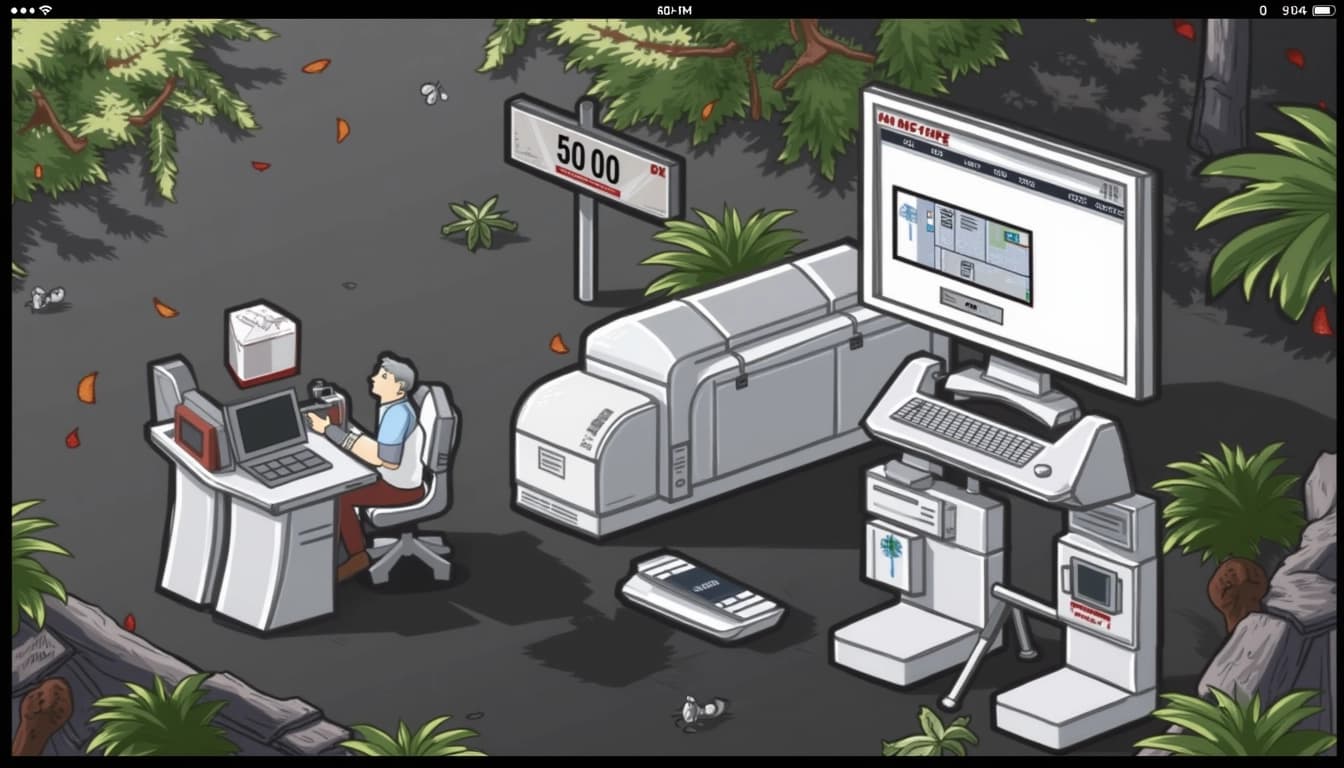
- One-shot video tuning with a single input video and text prompt
- High-quality output with temporal consistency
- Supports diverse transformations and styles
- Requires high-end GPUs for optimal performance
Tune-A-Video is an innovative approach to text-to-video generation that leverages a pre-trained text-to-image diffusion model, fine-tuning it with just one example video. This method addresses the challenge of generating personalized videos with consistent motion from minimal input data, making it highly efficient for creative applications.
Key Features of Tune-A-Video
Tune-A-Video stands out by fine-tuning a pre-trained text-to-image model, such as Stable Diffusion, using a single video and its text description. This process involves spatial-temporal attention mechanisms and training strategies that ensure motion consistency and adaptability to new text prompts. The model can generate videos with diverse styles and motions, making it versatile for various applications.
Spatial-Temporal Attention
The spatial-temporal attention mechanism in Tune-A-Video is crucial for maintaining motion consistency across frames. By extending the 2D attention layers of the base model to 3D, the model effectively captures temporal relationships, ensuring smooth and coherent video outputs.
Applications and Use Cases

Tune-A-Video is particularly useful for creative professionals, researchers, and hobbyists looking to generate personalized video content. Its ability to adapt to new prompts with minimal training data opens up possibilities for storytelling, advertising, and educational content creation.
Challenges and Limitations
Despite its advantages, Tune-A-Video faces challenges such as high computational requirements and the need for careful tuning to avoid overfitting. The model's performance can vary depending on the quality and diversity of the input video, which may limit its generalization to entirely new motions or styles.
Conclusion & Next Steps
Tune-A-Video represents a significant advancement in text-to-video generation, offering a balance between personalization and efficiency. Future improvements could focus on reducing computational costs, enhancing generalization, and simplifying the user interface to make the technology more accessible to a broader audience.
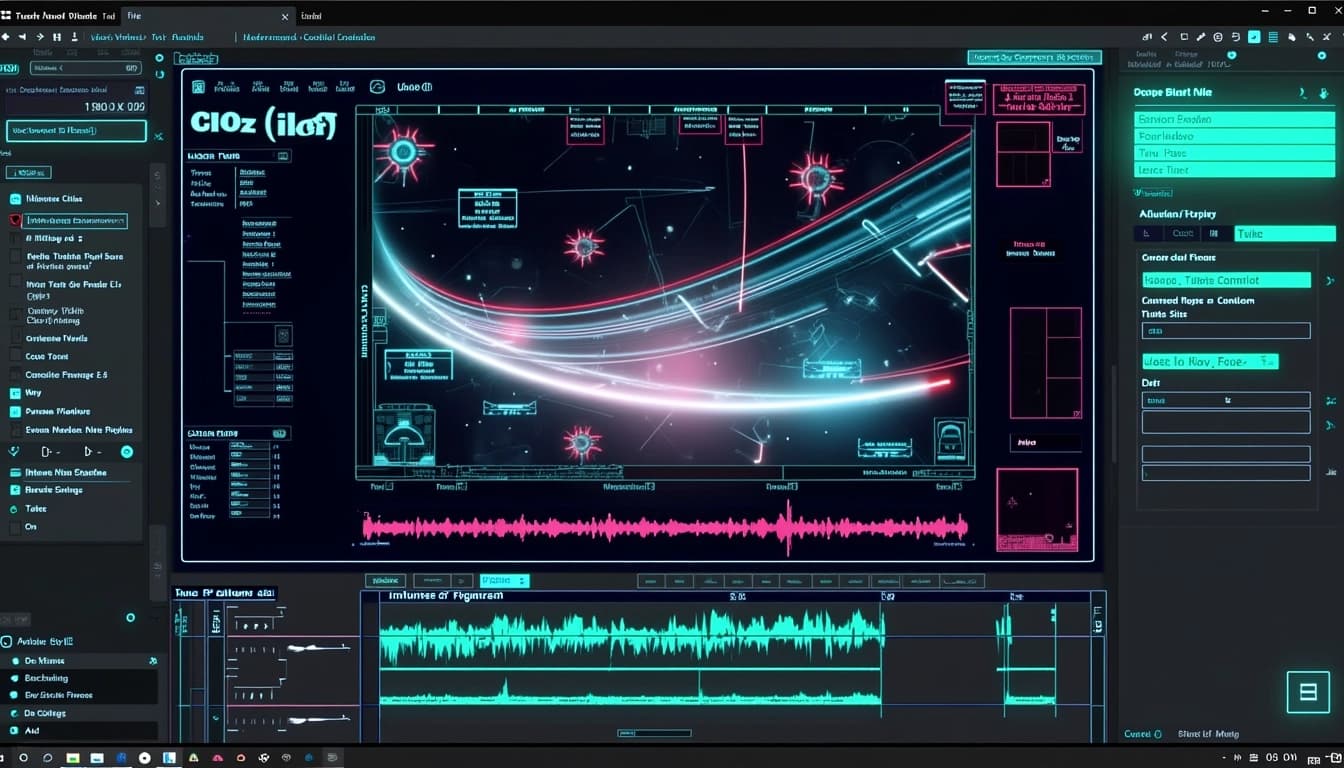
- Fine-tunes with a single video
- Maintains motion consistency
- Adaptable to new text prompts
Tune-A-Video is a cutting-edge method for one-shot video tuning, leveraging pre-trained text-to-image diffusion models. This innovative approach allows for the customization of video generation with minimal input, making it highly efficient and versatile for various applications.
Key Features of Tune-A-Video
Tune-A-Video introduces several groundbreaking features that set it apart from traditional video tuning methods. It utilizes spatial-temporal attention mechanisms to ensure temporal consistency across video frames. Additionally, it requires only a single text-video pair for tuning, significantly reducing the data requirements compared to other methods.
Spatial-Temporal Attention
The spatial-temporal attention mechanism is a core component of Tune-A-Video. It enables the model to maintain coherence across frames by attending to both spatial and temporal dimensions. This ensures that the generated videos are smooth and consistent, even with minimal training data.
Applications of Tune-A-Video
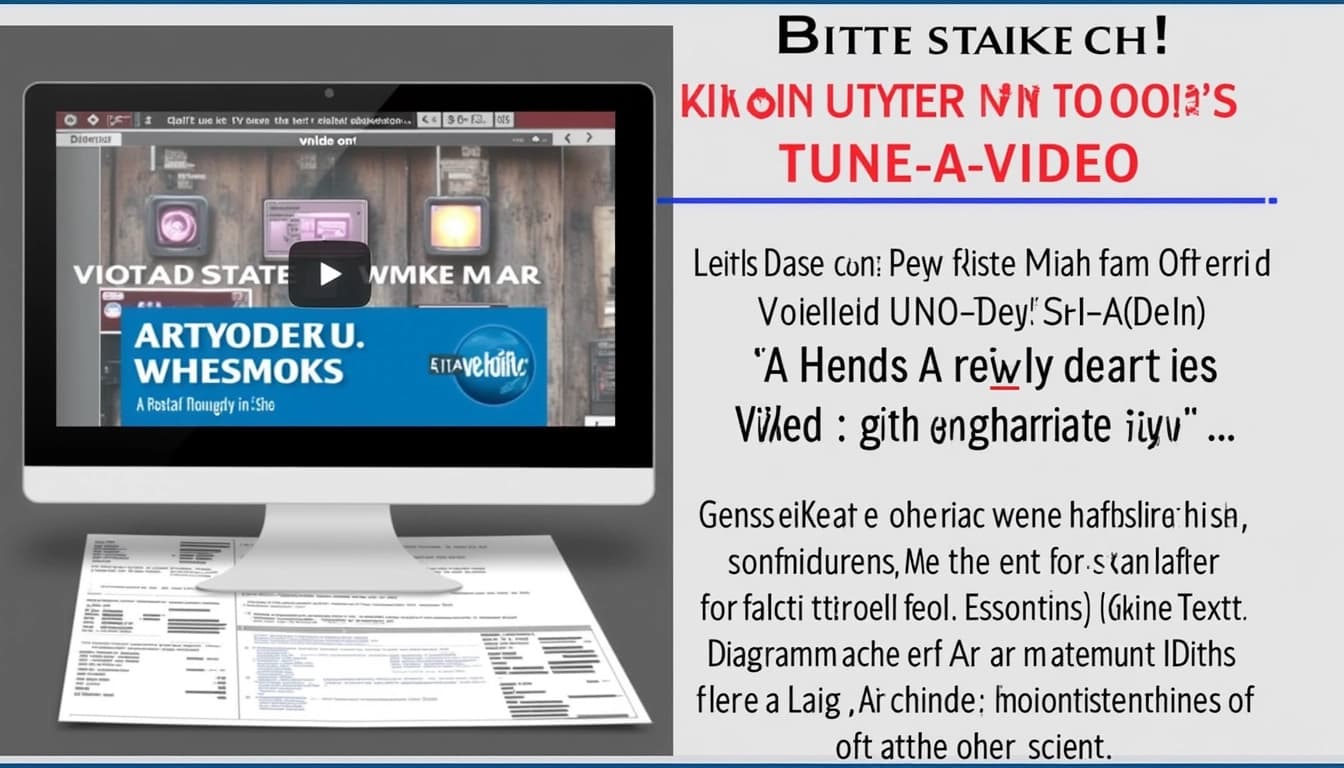
Conclusion & Next Steps
Tune-A-Video represents a significant advancement in video generation technology. Its ability to produce high-quality videos with minimal input opens up new possibilities for content creators and researchers alike. Future developments may focus on expanding its capabilities to handle more complex scenes and longer videos.

- One-shot video tuning
- Spatial-temporal attention
- Minimal data requirements